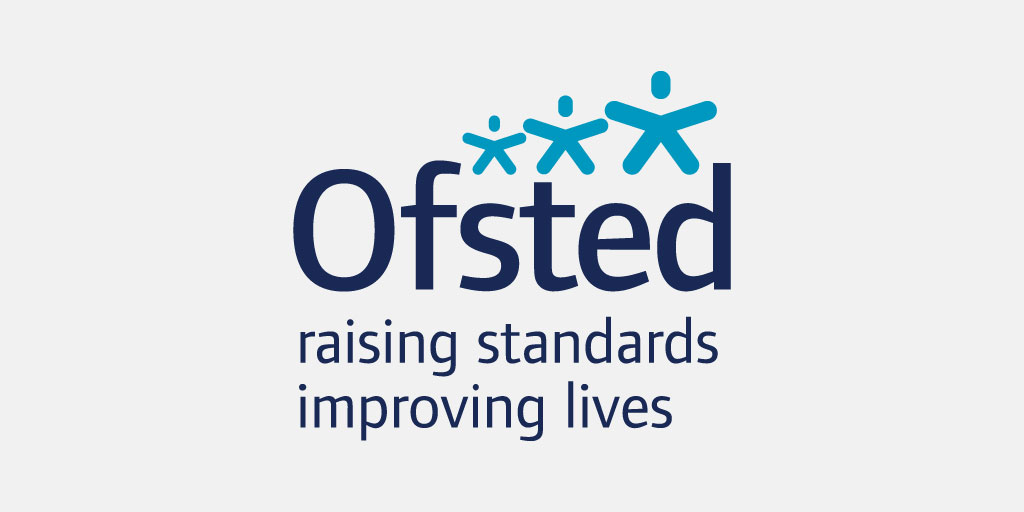The UK government is investing £289 million to fund a childcare wraparound scheme for primary schools. The funding will be allocated to local authorities to increase the number of places available for after-school care to support working families.
This is the UK government’s largest investment in school childcare and will go into effect from September 2024. Wraparound care refers to school childcare in England during term time, including breakfast clubs and after-school clubs that run until 6 pm or later. It is designed to provide parents with dependable, accessible school childcare outside of regular school hours.
Around 60% of primary schools across England offer wraparound care. Most parents will see a rise in affordable childcare places following the funding. Fees will be set by providers, and parents who are eligible for Tax-Free Childcare and Universal Credit will have access to support to pay for wraparound childcare.
Local authorities will have available funds to test the different models of wraparound care. They can partner with local providers or partner with local schools. An additional share of £100 million will be available for both early years childcare and wraparound settings to improve their viable space for the rollout.
The Challenge
Reforming the UK Childcare system is long overdue – the UK now represents one of the most expensive childcare systems in the OECD. Compared to similar countries, the childcare infrastructure is fragmented between independent, internal and private provisions and offers little substantial connection with the economic value of support for working parents.
Larger schools and those with a lower free school meal percentage tend to benefit from more accessible wraparound care. In local authorities where there is an existing wraparound sector, authorities may look to expand places available rather than over-provide care. This would negatively impact working parents in lower-income areas who most need the support.
Over-providing care offers schools the capacity to test models, and an additional £100 million in funding will be available to expand viable childcare settings. With a propensity for local authorities to choose expansion of places rather than over-provision, there will be limited evidence to assess the possibility of wraparound childcare.
Economic issues persist, with the UK’s recession officially announced this year. Local authorities are not immune from this crisis, with local authorities such as Birmingham Council reducing services to cope with bankruptcy. For cash-strapped councils, polling parents may not result in the over-provision necessary to test models.
So, what do you need to know to maximise this funding?
1. Avoid the polling parents’ pitfalls
Whilst there is no statutory requirement to provide wraparound care from September 2024, from a social and administrative perspective, it may cost more not to provide wraparound care. Schools will be expected to identify how they support parents and have a reasonable justification for not providing this care.
Justifiable reasons not to support care include insufficient space, demand, or possessing similar applicable provisions. However, the £100m fund to improve spaces is available to all childcare and early years settings to prepare if necessary. Schools may choose to work collaboratively with councils to either signpost local services or find solutions to make those local services viable.
The challenge will be to over-provide care in a time when budgets call for belt-tightening. Local authorities may be tempted to poll parents and carers to assess their current needs. Since the programme and funding are unprecedented, you’ll expend far more resources trying to match provisions rather than offering more and paring them down.
Available services must offer parents the option to opt in for the widest test of this model.
2. Childcare should enhance, not interfere with learning
A staple of this funding is that use of your school premises outside of the school day should not interfere with school learning. According to the DfE, the responsibility to permit this should be with governing bodies or an Academy Trust (if applicable). Schools should check in advance whether wraparound fits within the permitted use, including if children attend who are not from the school.
If your school is faith-based or has a council regulation, you may need to request permission if you are letting out space to providers. You may also need to consider resource capacity, where letting out the school space to providers may impact their workload.
In the case of resources, seeking an external private provider such as an activities company may be your best option. Providers can offer you extended active childcare programmes, release pressure on your teaching and administrative staff and within Ofsted parameters, offer a “high quality and safe teaching environment”.
3. Schools need to provide ‘robust safeguarding’
Wraparound provisions should have robust and effective safeguarding practices in place. Schools have the responsibility to make sure that wraparound provisions meet their minimum standards and those effective safeguarding practices. If another organisation handles the on-site provision, ensure they meet those safeguarding parameters.
With activities providers or other external providers, ensure they are Ofsted-regulated and experienced in handling on-site activity programmes/wraparound care is key. Using an external provider can alleviate administrative and safeguarding barriers to running larger childcare models.
Larger school environments or schools with a larger provision for school meals will find that external activity providers can provide extra administrative checks with their programmes. Your goal should be to provide an enriching community wraparound programme providing the same level of safeguarding you would expect of the ordinary school environment.
4. The necessity to charge affordable fees
Schools will have to charge parents and control the affordability of childcare. When setting fees, schools may want to look at benchmarking prices with other provisions to maintain financial viability. Utilising local providers is an easier and more efficient way to match the benchmarking prices necessary for your locality.
Schools are expected to support the use of government childcare subsidies. Any provision must be registered or available for inspection. Food can be provided as an optional provision. Active care or external providers with Ofsted regulation will already have these reporting measures to support your programme.
One of the clear challenges is to avoid offering completely free provisions. Schools may be encouraged to offer a free provision that would enhance usage. In tests, however, budgeting a reduced-price not free provision alongside the economic gains they make from more accessible work hours has increased participation.
5. Childcare provisions can utilise TAs but not teachers
Wraparound childcare provisions should utilise staff with appropriate levels of understanding of out-of-school provisions. The aim is not to provide additional workloads to existing teachers. Types of school staff can include teaching assistants, specific childcare staff, and staff from private providers, including childminders.
Schools will be expected to utilise “financial prudence” when taking on extra staff. Schools should look at staffing ratios depending on children’s needs and ages. Wraparound care does not have to act as an extension of school life. Rather, provisions can take the form of active care, opportunities for creativity, homework clubs or as an extra provision for enrichment.
You can plan your wraparound care to match your school’s goals, this will encourage participation in your community. It’s not necessary to regiment wraparound care but you can offer a variety of options; for example in your school newsletter or at parent’s evenings, to alleviate educational issues. These methods can satisfy your commitment to support the use of this funding.
6. Ofsted inspections and regulation for wraparound care
Schools do not need to re-register their wraparound childcare with Ofsted, but it will be part of inspections under the education inspection framework. They will be inspected under the following criteria:
- They are offered directly as a part of school activities
- Staff who are employed are working in the wraparound childcare setting
- At least one registered pupil of the school is attending

Ofsted will consider this as a part of the school inspection. Inspectors may observe pupils in the settings and if the school leads or manages them. It will be considered “proportionately and appropriately” within the “wider evidence base for the inspection”. There is no discriminatory process for utilising external providers as opposed to employing staff directly.
Conclusion
Managing childcare funding in this vein is a unique opportunity to create a new community environment in primary schools. Utilising the opportunity to its fullest potential will provide the best way to maximise its impact on parents and their children. However, it is not without challenges for schools, and supportive active care is available to reduce administrative and operational stress.
For an in-depth conversation, check out our panel on childcare wraparound for an all-around discussion of how this could be the future of Levelling Up in the UK on our upcoming episode of The Drive Phase Podcast.








